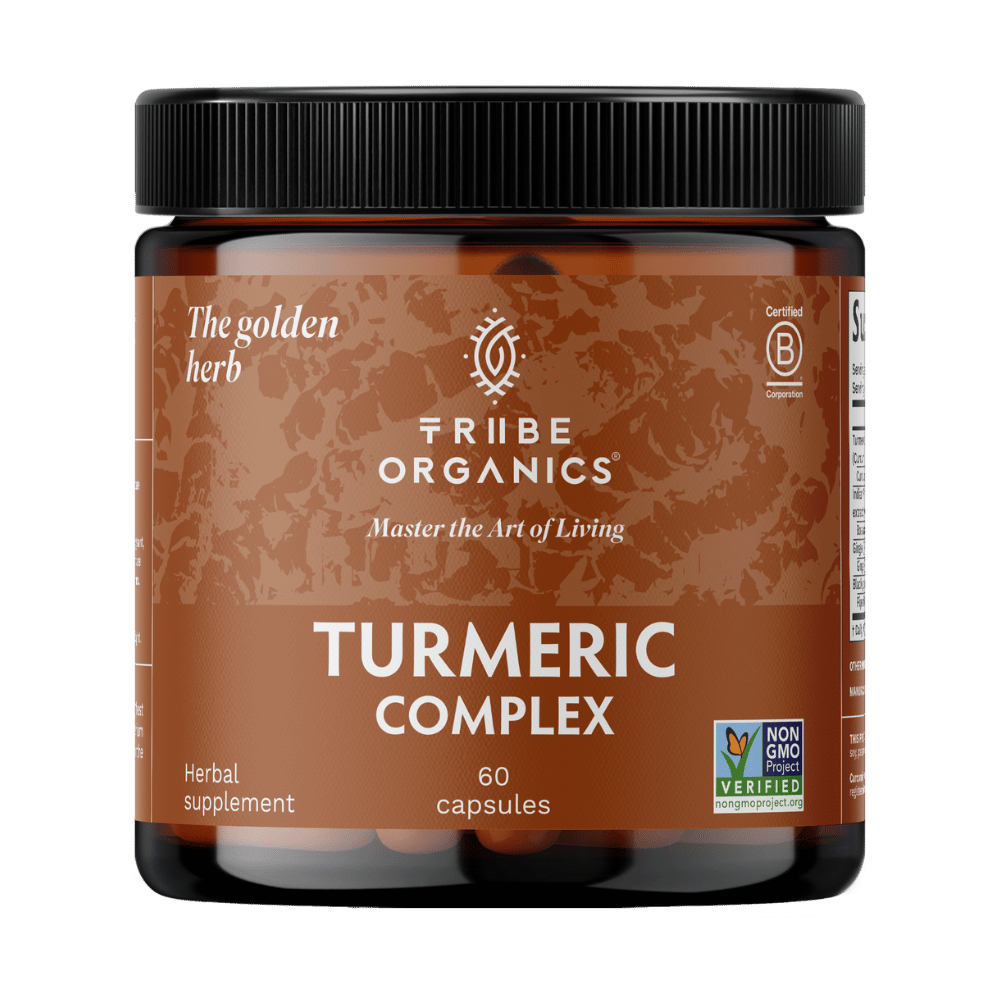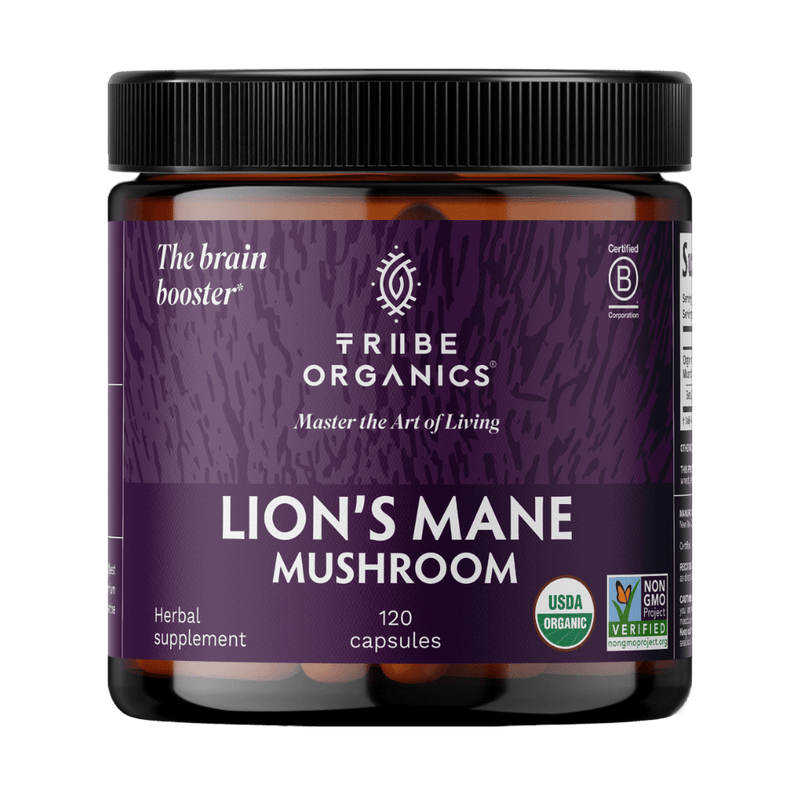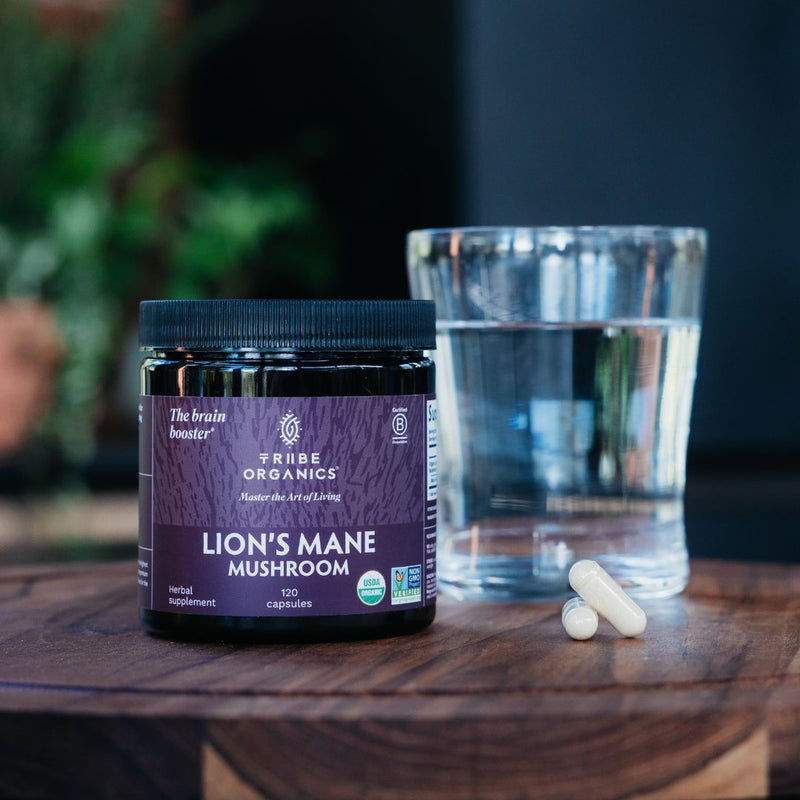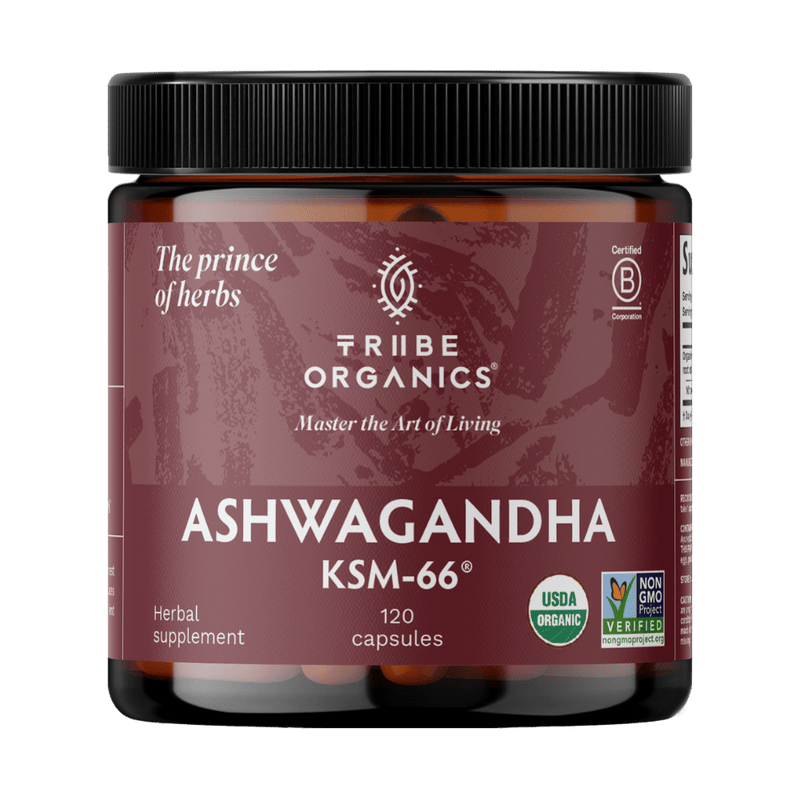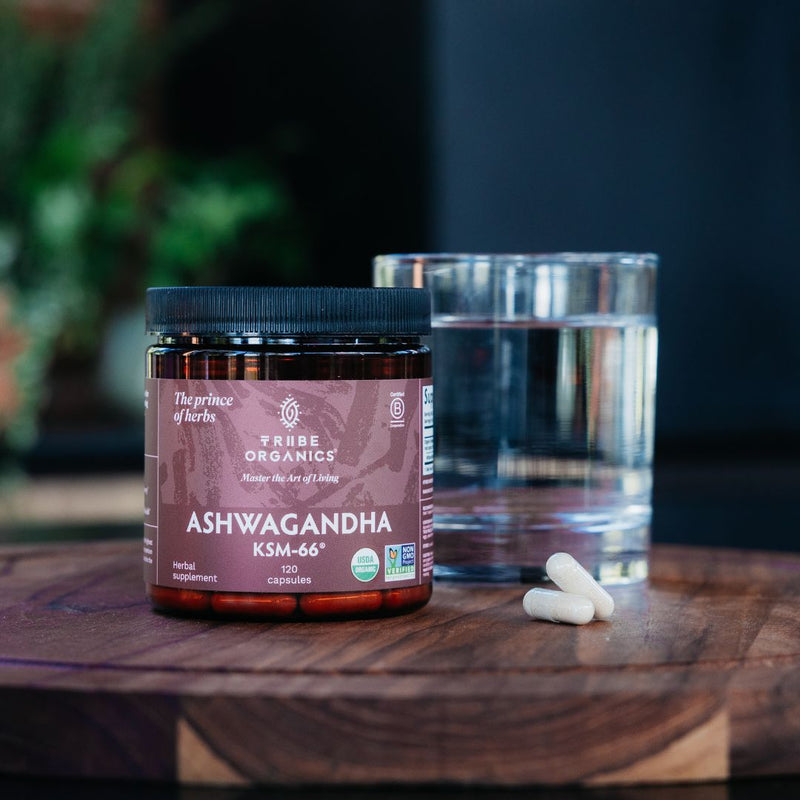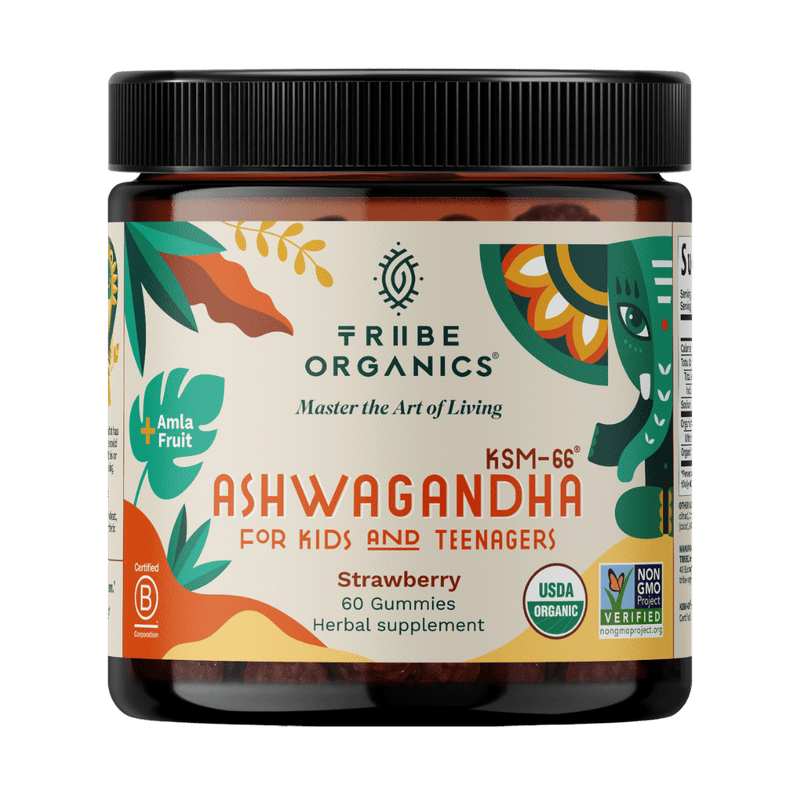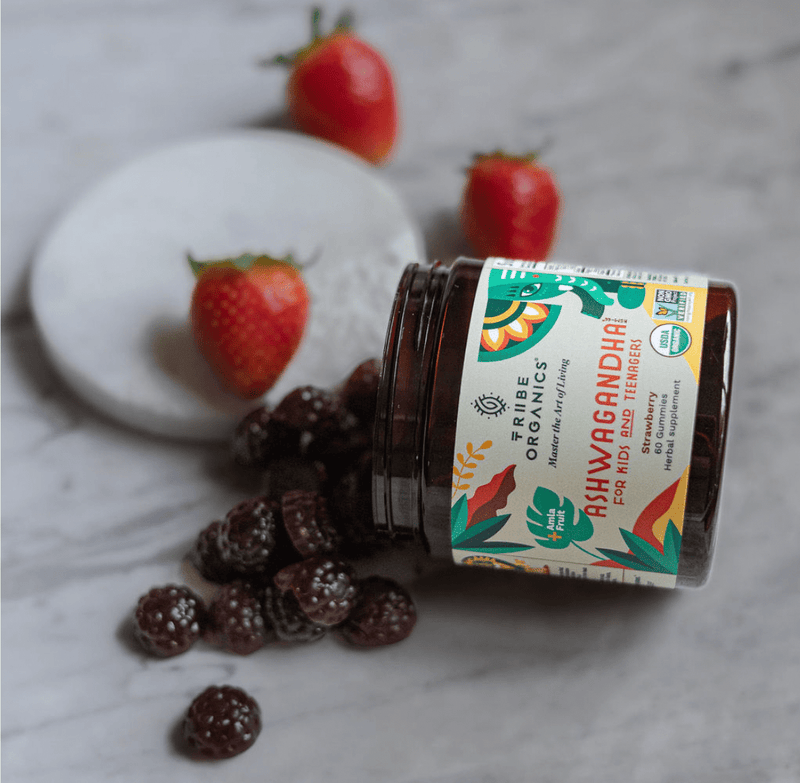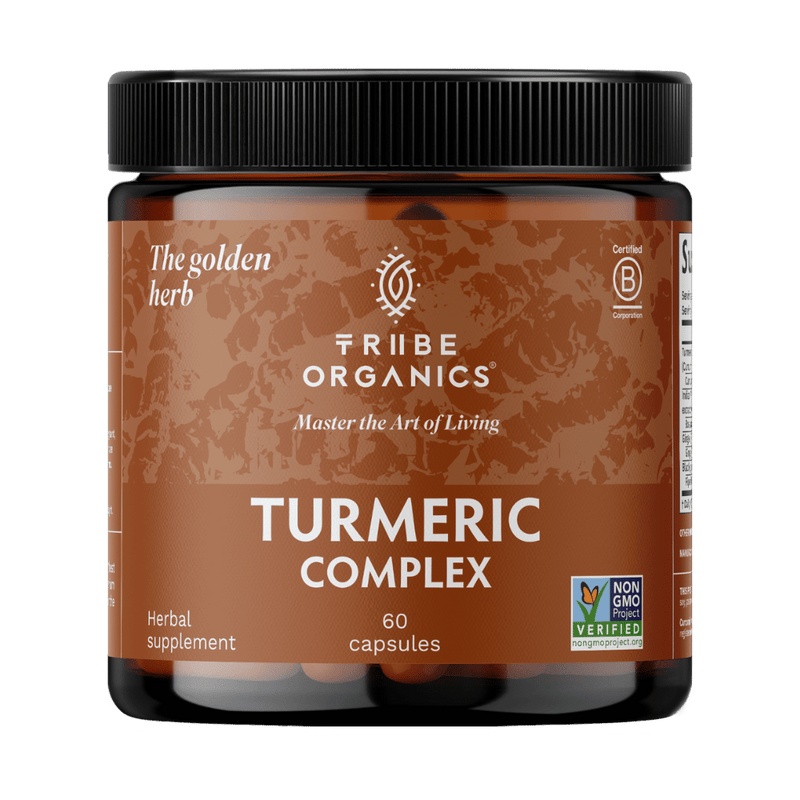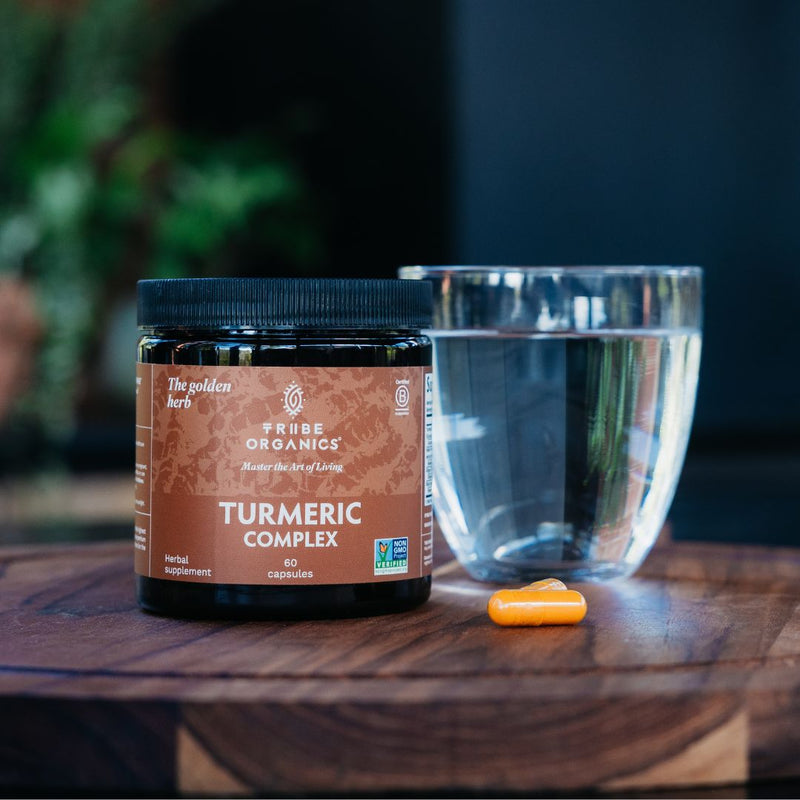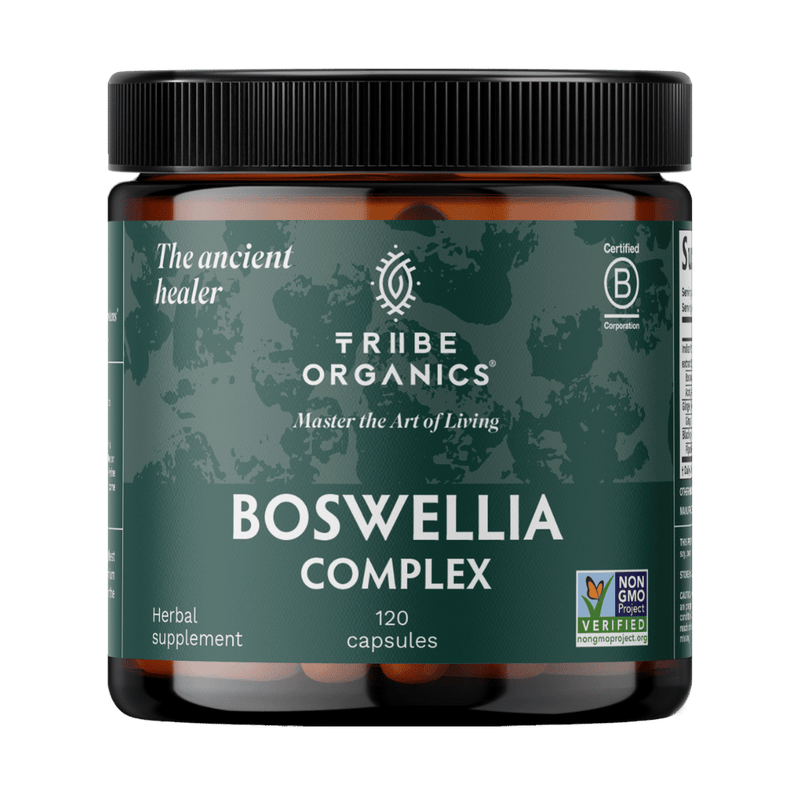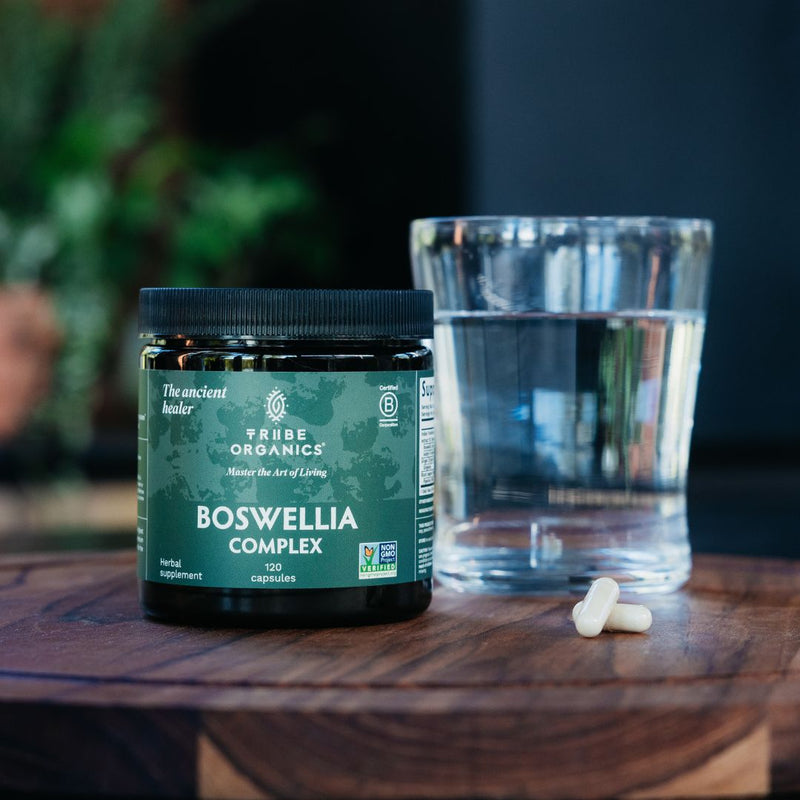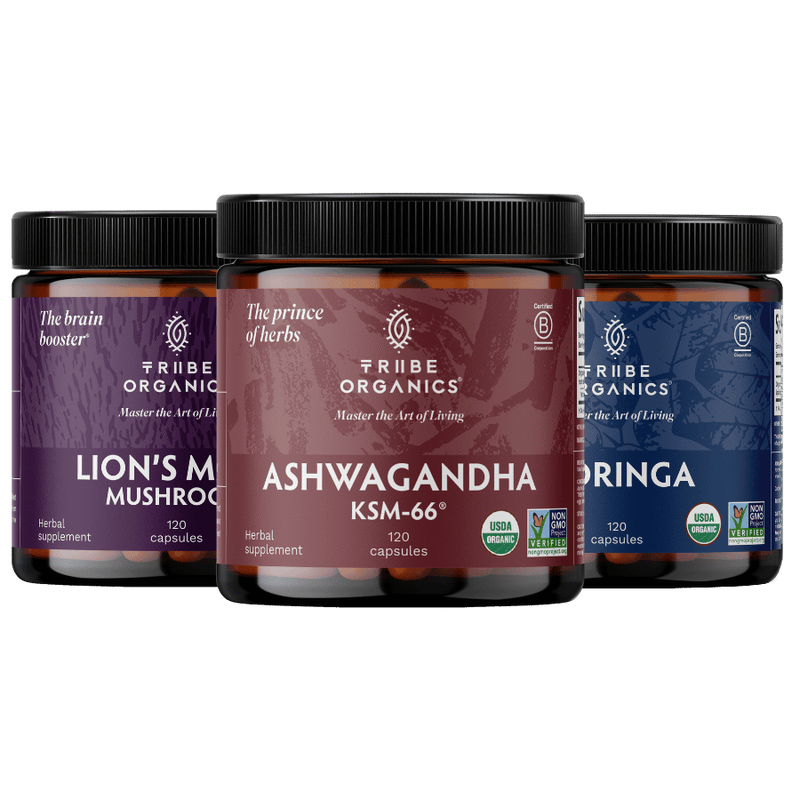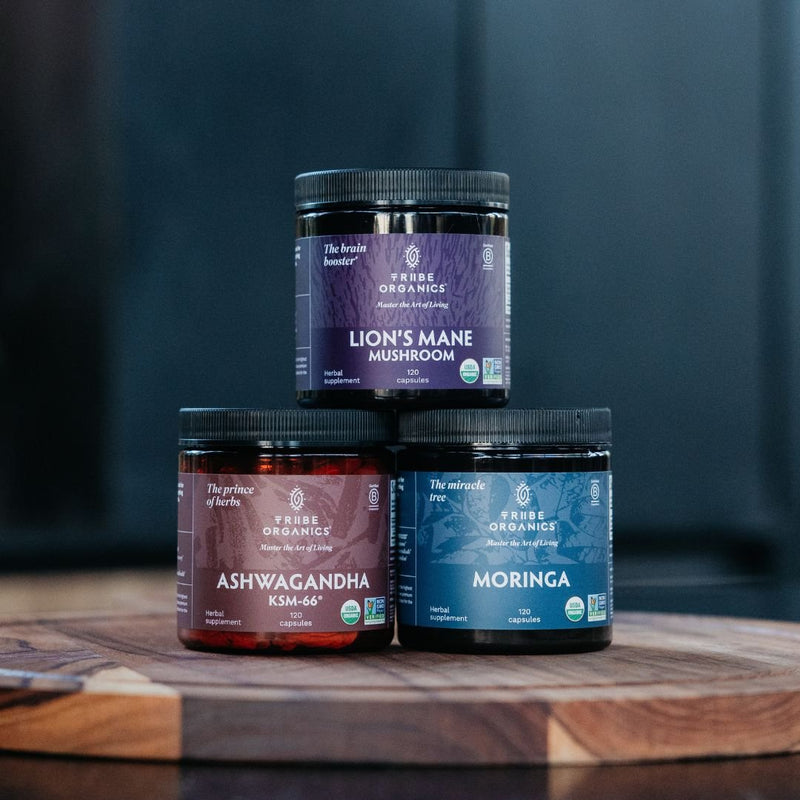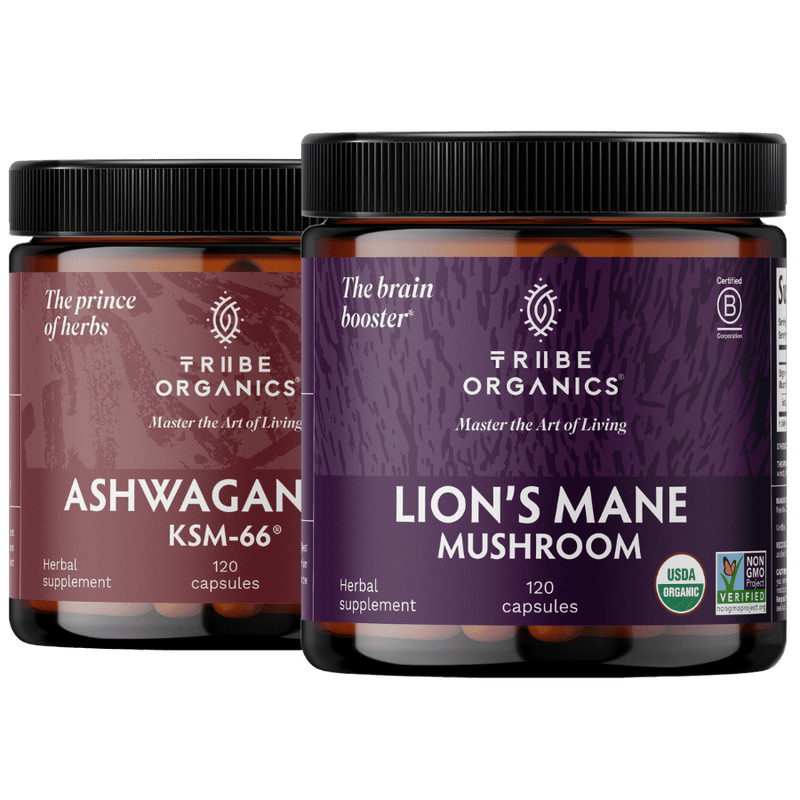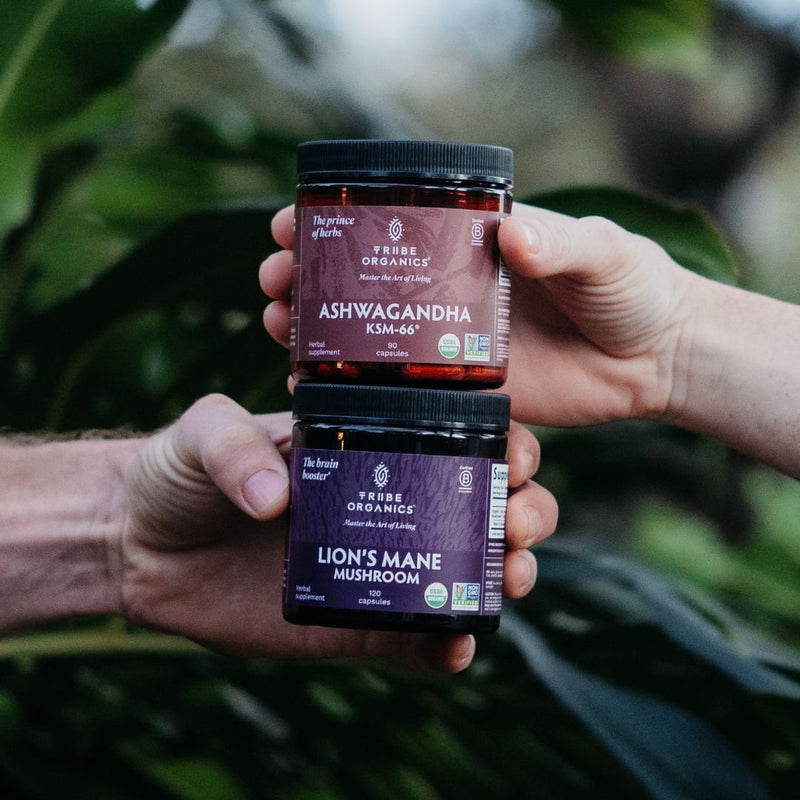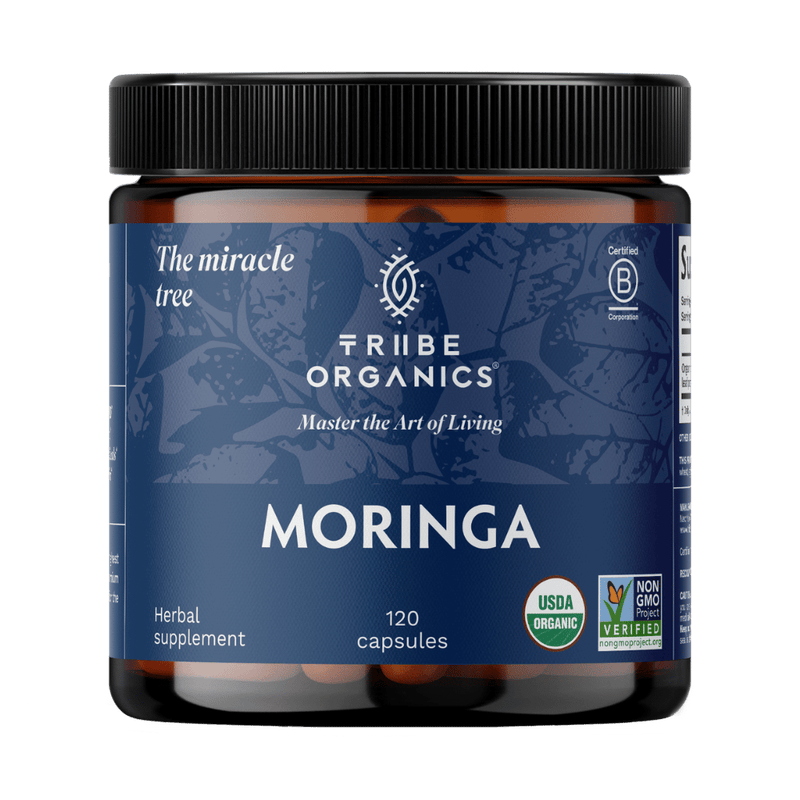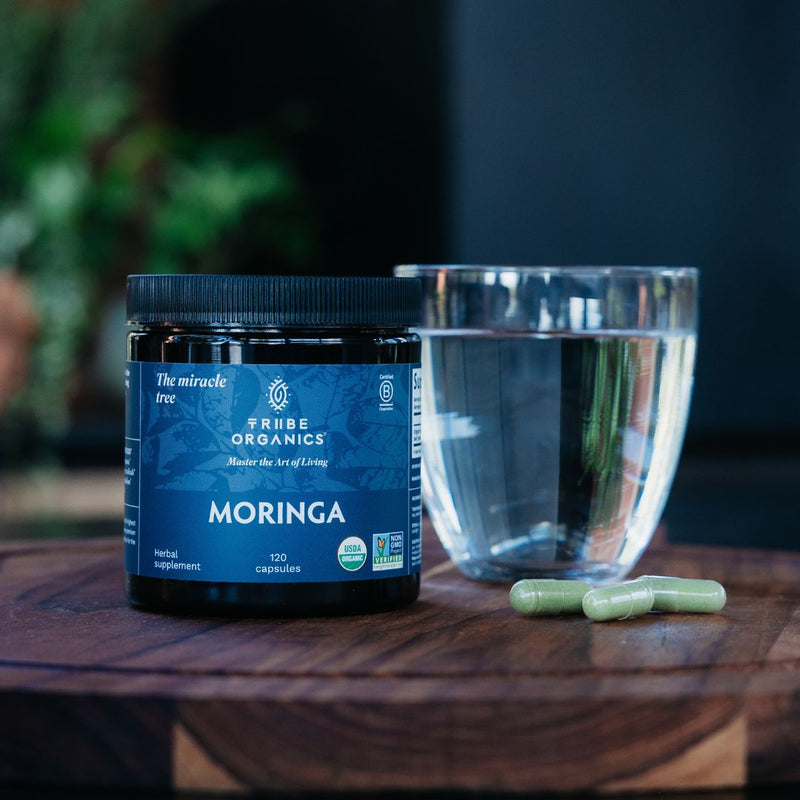Key Takeaways
- Turmeric contains curcumin, a powerful anti inflammatory compound that can reduce pain by blocking inflammatory pathways and pain receptors
- Clinical trials show turmeric extract (500mg twice daily) can be as effective as NSAIDs like diclofenac for arthritis pain relief
- Turmeric helps with multiple pain types including joint pain, muscle soreness, nerve pain, fibromyalgia, and back pain
- For optimal absorption, take turmeric supplements with black pepper (piperine) and fatty foods, or use specialized formulations like curcumin phytosomes
- While generally safe for most people, turmeric can interact with blood thinners and diabetes medications, requiring medical consultation before use

Millions of people worldwide seek natural alternatives to conventional pain medications, driven by concerns about side effects and the desire for holistic wellness solutions. Among nature’s most promising pain relievers stands turmeric, a golden spice with thousands of years of traditional use now validated by modern scientific research. This comprehensive guide explores how turmeric or curcumin can provide effective pain relief for various conditions, from arthritis pain to muscle soreness, while offering a safer profile than many conventional pain medications.
What is Turmeric and How Does it Work for Pain?
Turmeric, scientifically known as Curcuma longa, is a vibrant golden spice belonging to the ginger family. This common spice has been treasured for millennia in ayurvedic medicine for its remarkable healing properties. The active component responsible for turmeric’s anti inflammatory properties is curcumin, which comprises 2-9% of ground turmeric but can be concentrated up to 95% in specialized curcumin supplements.
The effects of turmeric on pain operate through multiple sophisticated mechanisms. Curcumin acts as a natural anti inflammatory by blocking COX-2 and 5-LOX enzymes that produce inflammatory compounds in the body. More importantly, it inhibits the NF-κB pathway, a master regulator of inflammation, while simultaneously reducing pro inflammatory cytokines like TNF-α, IL-6, and IL-1β.
This multi-target approach explains why research suggests turmeric can be as effective as NSAIDs for certain types of pain. Unlike conventional pain medications that often focus on single pathways, curcumin’s broad anti inflammatory activity addresses pain at its source while offering additional antioxidant properties that protect tissues from oxidative damage.
A pharmacokinetic study revealed that curcumin also modulates pain receptors directly, providing analgesic effects beyond its anti inflammatory mechanism. This dual action makes turmeric particularly effective for both acute and chronic pain conditions.

Types of Pain Turmeric Can Help Relief
Arthritis and Joint Pain
Clinical evidence strongly supports turmeric’s effectiveness for osteoarthritis, the most common form of joint pain. A controlled trial demonstrated that 500mg curcumin twice daily provided pain relief comparable to 50mg diclofenac, a standard NSAID, with significantly fewer gastrointestinal side effects.
For rheumatoid arthritis, curcumin’s immune system modulation becomes particularly valuable. The anti inflammatory effect helps reduce the autoimmune response that drives joint destruction, while also addressing the chronic inflammation characteristic of this health condition. Patients typically experience improvements in morning stiffness, joint swelling, and overall function within 3-7 days of starting turmeric extracts.
Research suggests that incorporating turmeric into a comprehensive arthritis management plan can reduce the need for higher doses of conventional medications. Many patients in clinical studies reported improved walking ability and stair climbing capacity when taking standardized turmeric extract regularly.
Muscle Pain and Exercise Recovery
For athletes and active individuals, turmeric offers remarkable benefits for exercise-induced muscle pain. The antioxidant properties of curcumin combat free radical damage that occurs during intense physical activity, while its anti inflammatory activity reduces delayed onset muscle soreness (DOMS).
Human studies show that taking curcumin supplements 2-3 days before and after exercise significantly reduces muscle damage markers, including creatine kinase and lactate dehydrogenase. This translates to faster recovery times and less post-workout discomfort.
The optimal timing for exercise recovery involves taking turmeric or curcumin in supplement form both preventively and post-exercise. This approach maximizes the anti inflammatory effect during the critical recovery window when muscle repair occurs.
Nerve Pain and Neuropathy
Emerging research indicates potential benefits for neuropathic pain, particularly diabetic neuropathy. The neuroprotective effects of curcumin help reduce oxidative stress in nerve cells, potentially alleviating numbness, tingling, and burning sensations characteristic of nerve damage.
While animal studies show promising results for sciatica and post-surgical nerve pain, more research in human subjects is needed to establish definitive treatment protocols. The current evidence suggests turmeric may serve as a valuable adjunct to conventional neuropathy treatments.
The inhibitory effect on certain pain-signaling pathways makes curcumin particularly interesting for neuropathic conditions that don’t respond well to traditional pain medications.
Fibromyalgia and Chronic Pain
Fibromyalgia’s complex pain mechanisms make it particularly challenging to treat, but curcumin’s multi-target approach shows promise. By modulating central nervous system pain processing, turmeric extract can help reduce hyperalgesia (increased pain sensitivity) and allodynia (pain from normally non-painful stimuli).
Patients with chronic diseases involving widespread pain often report improvements in sleep quality and reduced fatigue when using turmeric supplements consistently. The similar efficacy to some conventional fibromyalgia medications, combined with fewer side effects, makes turmeric an attractive option for long-term management.
Combining curcumin with other natural compounds may enhance effectiveness for fibromyalgia, though individual responses vary significantly.
Back Pain and Inflammatory Conditions
A 2024 study demonstrated remarkable results for back pain relief using a turmeric-Boswellia combination. Participants experienced pain reduction in an average of 76 minutes compared to 190 minutes for the placebo group. This rapid onset makes turmeric particularly valuable for acute back pain episodes.
For chronic lower back pain, the sustained anti inflammatory activity of daily curcumin supplementation helps address underlying inflammatory processes that perpetuate pain. Benefits extend to pain during rest, movement, and pressure application.
The synergistic effects when combined with other anti inflammatory herbs suggest that turmeric works well as part of comprehensive natural pain management protocols.

How to Use Turmeric for Pain Relief
Supplement Forms and Dosages
The most researched approach for pain relief involves standardized curcumin extract at 500mg twice daily, as recommended by arthritis organizations. This dosage has shown similar efficacy to NSAIDs in multiple clinical trials while maintaining a superior safety profile.
Curcumin supplements enhanced with piperine (from black pepper) dramatically increase absorption by up to 2000%. These formulations typically require lower doses, around 400-600mg daily, due to enhanced bioavailability.
Curcumin phosphatidylcholine complex represents an advanced formulation that binds curcumin to lecithin for improved absorption. These supplements are generally effective at 250-500mg daily and offer superior bioavailability compared to standard extracts.
For those preferring whole-plant medicine, turmeric extracts standardized to 95% curcuminoids provide 1-3 grams daily of comprehensive turmeric compounds beyond just isolated curcumin.
Food Sources and Culinary Use
Fresh turmeric root offers 1-3 grams of whole turmeric daily when grated into smoothies, teas, or cooking. While the curcumin content is lower than supplements, fresh turmeric provides additional beneficial compounds and can be part of a comprehensive approach to reduce inflammation.
Ground turmeric powder, used at approximately 1 teaspoon (3 grams) daily, can be easily incorporated into vegetables rice dishes, bean stews, and curries. The key to maximizing absorption from dietary sources involves combining turmeric with black pepper and healthy fats.
A popular preparation is golden milk, combining turmeric with ginger, cinnamon, black pepper, and warm milk (dairy or plant-based). This traditional ayurvedic preparation maximizes absorption while providing a pleasant way to incorporate turmeric into daily routines.
When cooking with turmeric, using low heat helps preserve the active compounds while allowing better integration with fats that enhance absorption.
Timing and Administration Tips
Optimal absorption occurs when taking turmeric supplements with meals containing healthy fats. The fat-soluble nature of curcumin means it’s best absorbed alongside oils, nuts, or other fatty foods.
To maintain consistent anti inflammatory levels, split daily doses throughout the day rather than taking large single doses. This approach provides sustained therapeutic effects for chronic pain conditions.
Consistency proves crucial for experiencing turmeric’s full potential benefits. Most clinical trials showing significant pain relief involved 4-8 weeks of regular use, suggesting how long it takes for turmeric to work and that patience is necessary for optimal results.
Consider cycling protocols of 8-12 weeks of regular use followed by 2-week breaks to prevent potential tolerance and maintain effectiveness over time.
Scientific Evidence and Clinical Studies
The scientific foundation supporting turmeric for pain relief continues to strengthen with high-quality research. A comprehensive 2019 meta-analysis of 15 trials involving 1,621 arthritis patients demonstrated significant pain reduction compared to placebo groups across multiple pain measures.
A notable 2020 study showed curcumin’s effectiveness equal to 1000mg acetaminophen for post-operative pain management, with participants experiencing comparable pain relief but fewer side effects. This double blind research adds credibility to turmeric’s pain-relieving potential.
The B-Turmactive pilot study with 68 healthy volunteers revealed reduced knee pain and inflammatory markers, including decreased hsCRP levels, after 8 weeks of standardized curcumin supplementation. These biomarker improvements correlate with subjective pain reduction reports.
Other research focusing on muscle recovery showed significant reductions in exercise-induced inflammation and faster return to baseline function. A controlled trial measuring matrix metalloproteinase activity found decreased tissue breakdown markers in participants taking curcumin supplements.
Multiple human studies confirm turmeric’s safety profile, with adverse events comparable to placebo groups and significantly fewer gastrointestinal issues than conventional NSAIDs. The generally safe nature of medicinal amounts makes turmeric an attractive long-term option for chronic pain management.

Safety, Side Effects, and Precautions
Common Side Effects and Contraindications
Turmeric and curcumin demonstrate excellent tolerability in most individuals, with side effects typically mild and dose-dependent. Common complaints include stomach upset, nausea, and diarrhea, particularly with daily doses exceeding 8 grams.
The most significant concern involves increased bleeding risk when combined with blood thinners such as warfarin, aspirin, or clopidogrel. Turmeric’s natural anticoagulant properties can amplify these medications’ effects, potentially leading to dangerous bleeding complications.
Blood sugar lowering effects may require monitoring for individuals taking diabetes medications. The interaction can cause hypoglycemia, particularly in those with poorly controlled diabetes or those taking certain medications.
Individuals with gallbladder problems, including gallstones or bile duct obstruction, should avoid therapeutic doses of turmeric as it may worsen these health conditions by stimulating bile production.
Drug Interactions and Medical Conditions
Beyond blood thinners, turmeric can interact with several other medications. Chemotherapy patients should consult their oncologist before using turmeric supplements, as curcumin may interfere with certain cancer treatments’ effectiveness.
Iron deficiency requires special consideration, as turmeric may inhibit iron absorption when taken simultaneously with iron supplements. Spacing these supplements several hours apart can minimize this interaction.
People with hormone-sensitive conditions should exercise caution, as some research suggests turmeric may have mild estrogenic effects. While the clinical significance remains unclear, those with estrogen-dependent cancers should discuss use with their healthcare provider.
Individuals with severe liver disease should avoid high doses of turmeric supplements, as medicinal amounts may potentially worsen liver function in compromised individuals.
Who Should Avoid Turmeric Supplements
Pregnant and breastfeeding women should limit turmeric to culinary amounts, avoiding supplement form. Medicinal doses may stimulate uterine contractions and pose risks during pregnancy.
Those scheduled for surgery should discontinue turmeric supplements at least 2 weeks beforehand due to bleeding risk. The anticoagulant effects could complicate surgical procedures and post-operative healing.
Individuals with severe kidney disease should consult their healthcare provider before using turmeric supplements, as kidney function affects curcumin elimination and may require dosage adjustments.
Anyone taking medications should inform their healthcare provider before starting turmeric supplements to screen for potential interactions and monitor for adverse effects.

Frequently Asked Questions
Shop best sellers
Explore our collection of favorite items that have gained popularity for their quality and satisfaction.

